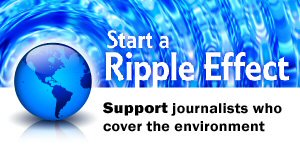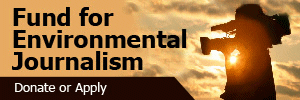Can CDC Be Cured After Trump-Era Coronavirus ‘Infection’?

The CDC, long a storied agency of serious import not just to health and science reporters, but also to environmental journalists, took a massive hit to its credibility during the Trump administration’s response to the COVID-19 pandemic. The latest WatchDog opinion makes the case it can do better, and offers 15 steps that may help restore the federal entity to its gold-standard days.



















 Advertisement
Advertisement 



